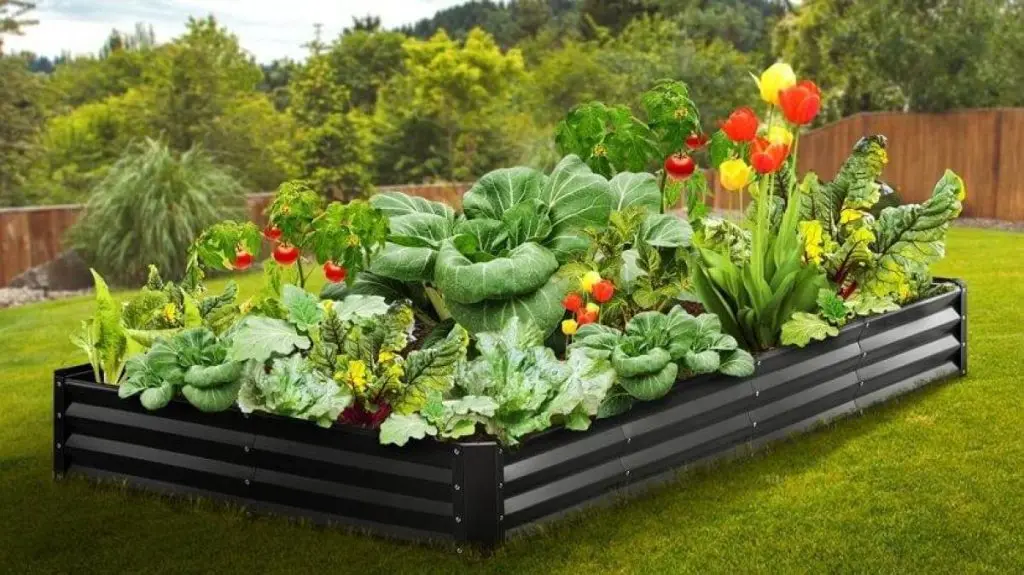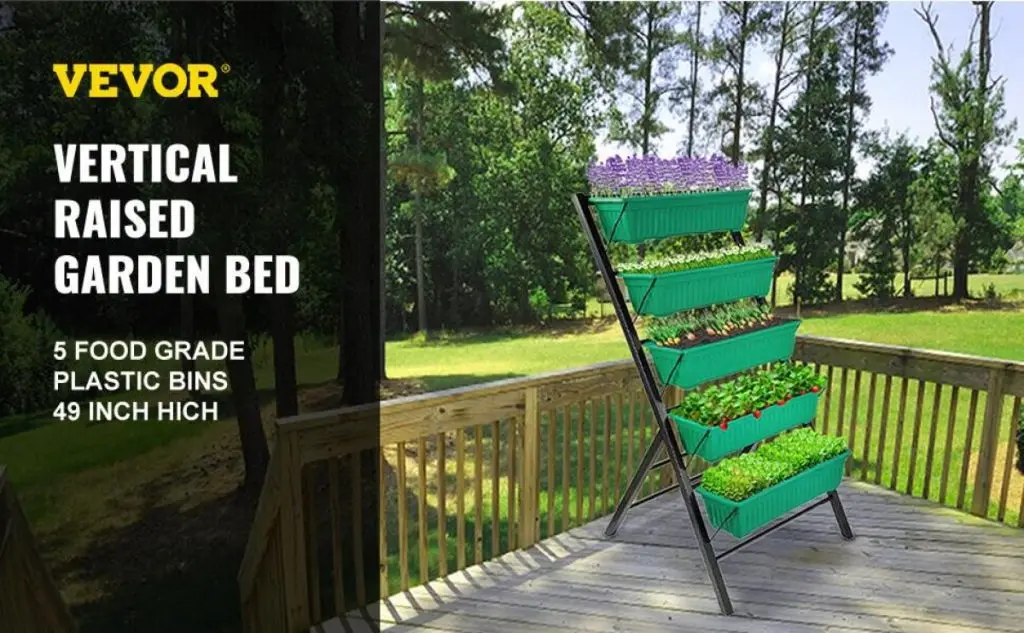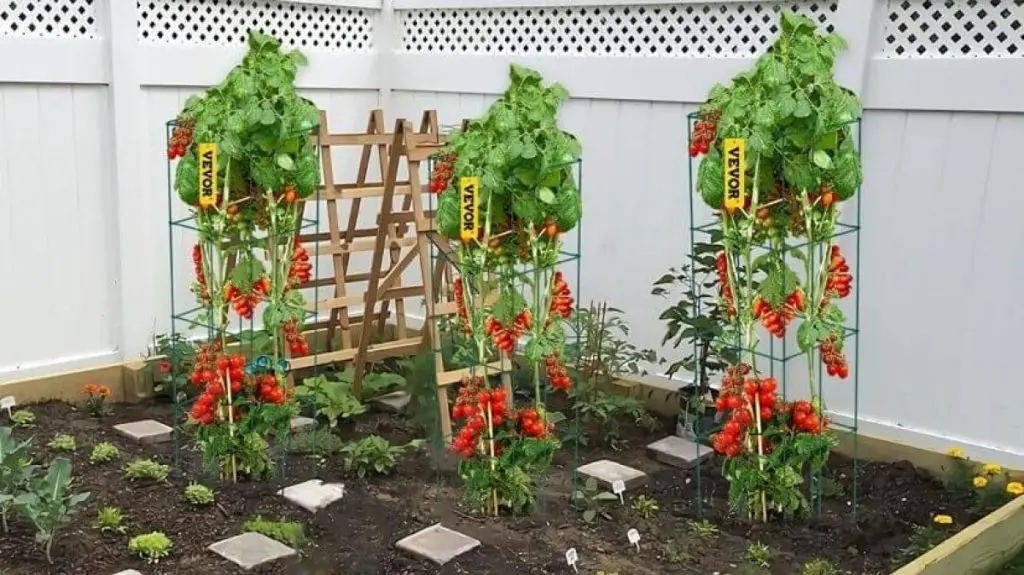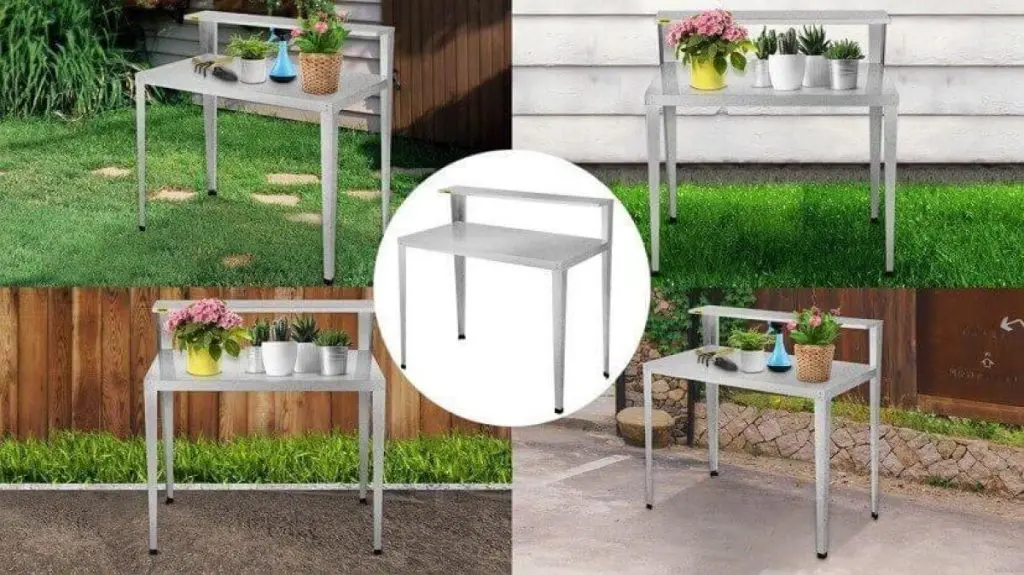As summer gives way to the cooler months, the best fall landscaping ideas can help you prepare your landscape for the fall. Vital fall landscaping tips include planting trees, shrubs, and perennials, cleaning your vegetable garden, and winterizing your lawn towards the colder seasons.
Trying out a few easy fall maintenance ideas now also gives you more time to plant veggies and be colorful during spring instead of being caught up in cleaning tasks and tracking gardening tools all season. We review top fall landscape ideas to give your garden a boost and keep plants blooming as the cooler months approach.
Table of contents
Understanding the Basics of Fall Landscaping
This section reviews fall landscaping basics to help you understand maintaining a healthy yard year-round. Here you go.
What is Fall Landscaping?
Fall landscaping involves various gardening ideas you want to practice to groom your garden and prepare it for the cooler months. Spring experiences many temperature fluctuations that aren’t conducive to large-scale landscaping projects while the hot summer easily hurts new plants’ health. A fall landscape offers the best time of the year to execute a significant landscape makeover.
Key Factors to Consider in Fall Landscaping
Since fall remains one of the best times for gardening, you want to spend more time laboring over your plants in soil preparation and plant selection while considering climate conditions. You want to begin preparations for your fall landscape in late summer or early September, so your garden is ready for planting during fall.
That way, the plants can establish a healthy root system before the first frost. Of course, you also want to harvest your summer veggies when they’re ripe – green beans, tomatoes, peppers, cucumbers, yellow squash, and eggplants.
Take out weeds that cropped up during summer, remove any annuals from your garden that have stopped blooming for the season, and tend to perennials that need attention during the fall as recommended. The last of the basic fall landscaping ideas or categories involves preparing the soil by putting down a layer of compost and mulch ahead of the fall season.
Fall Landscaping Ideas for a Stunning Yard
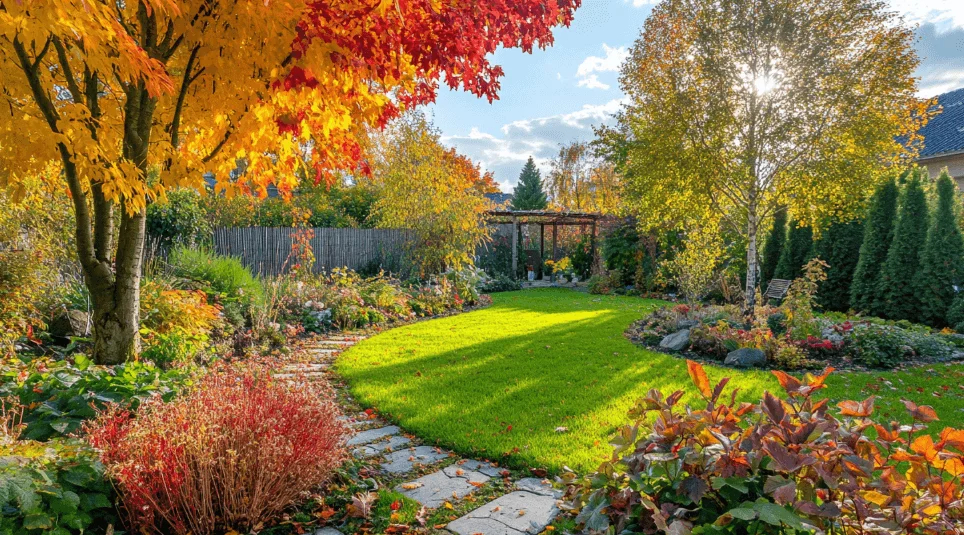
Here’s the section where we delve into more landscaping ideas for fall in detail. You want to pay attention to seasonal color schemes, alongside a range of specific trees and shrubs for fall planting. We’ll also check out a few decorative elements to incorporate in your garden.
Seasonal Color Schemes
Choose the right plants and flowers to introduce vibrant fall colors in the yard. Shades of orange and yellow can create beautiful fall color palettes for your spaces. Also, consider adding a touch of blue to the standard fall colors to create a rich contrast between yellows and blues.
That said, mixing perennials and annuals can also help better set up your garden for long-lasting beauty. A noteworthy tip is combining the lasting presence of perennials with the seasonal color of annuals.
Best Trees and Shrubs for Fall Planting
Wondering about some trees and shrubs ideas that thrive in the fall? Think greens like lettuce, arugula, kale, mustard, spinach, and Swiss chard. Per roots, look out for carrots, beets, turnips, and radishes.
Picking members of the cabbage family like cabbage, Chinese cabbage, broccoli, brussels sprouts, cauliflower, kohlrabi, and others, can readily suit your fall landscape. Also check out leeks, green onions, and plant garlic. However, note that planted garlic won’t be ripe for harvest until the next summer.
Incorporating Decorative Elements
Per decorative elements to bolster your lawn’s aesthetics and prepare it to adorn the home’s exterior, welcome guests, and host parties, consider fall-themed decorations like pumpkins, hay bales, and garden sculptures. You also want to add warm-toned throw blankets, scatter pumpkin-themed cushions, and hang leaf garlands to light up the space.
Light-scented candles can help to create a comfy ambiance in the home, while you can go “greener” by choosing colorful gourds and acorns. Consider mixing all these elements or stagger them artfully down your front steps.
Essential Fall Landscape Maintenance Tips
The best fall landscape maintenance tips include preparing your lawn for winter, pruning, and trimming leaves. It also involves managing fallen leaves to keep the garden lush all year.
Preparing Your Lawn for Winter
Aeration, fertilization, and overseeding are some of the best lawn care tips to prepare your lawn for winter. Fertilizer feeds your lawn with the appropriate nutrients to keep it healthy when the cooler months freeze the soil. Failure to fertilize properly can lead to nutrient deficiency that causes off-color foliage.
Consider using organic fertilizers because they provide various slow-release nutrients like micronutrients. Meanwhile, you want to maintain adequate soil pH (most veggies prefer a pH of about 6.8) as improper pH can prevent plants from absorbing soil nutrients, even when present in the soil.
Pruning and Trimming
Effective pruning also keeps shrubby evergreens well-proportioned and dense. It also helps you eliminate unwanted branches, waterspouts, suckers, and undesirable fruiting structures that could impair the plant’s appearance.
Pruning trees and shrubs are excellent for promoting a healthy lawn. Pruning modifies the form and growth of a plant and can also provide preventive maintenance against insect and disease damage. APruning can also be considered preventive maintenance for both insect and disease damage. The best time to prune is the late dormant season.
That said, avoid shearing shrubs into tight geometrical forms unless you have to confine or train them for a specific purpose. Meanwhile, you only need to use excellent pruning tools from leading household equipment manufacturers like VEVOR for the best experience. Explore VEVOR’s pruning equipment to aid your fall landscaping ideas and get things done more quickly and effectively.
Managing Fallen Leaves
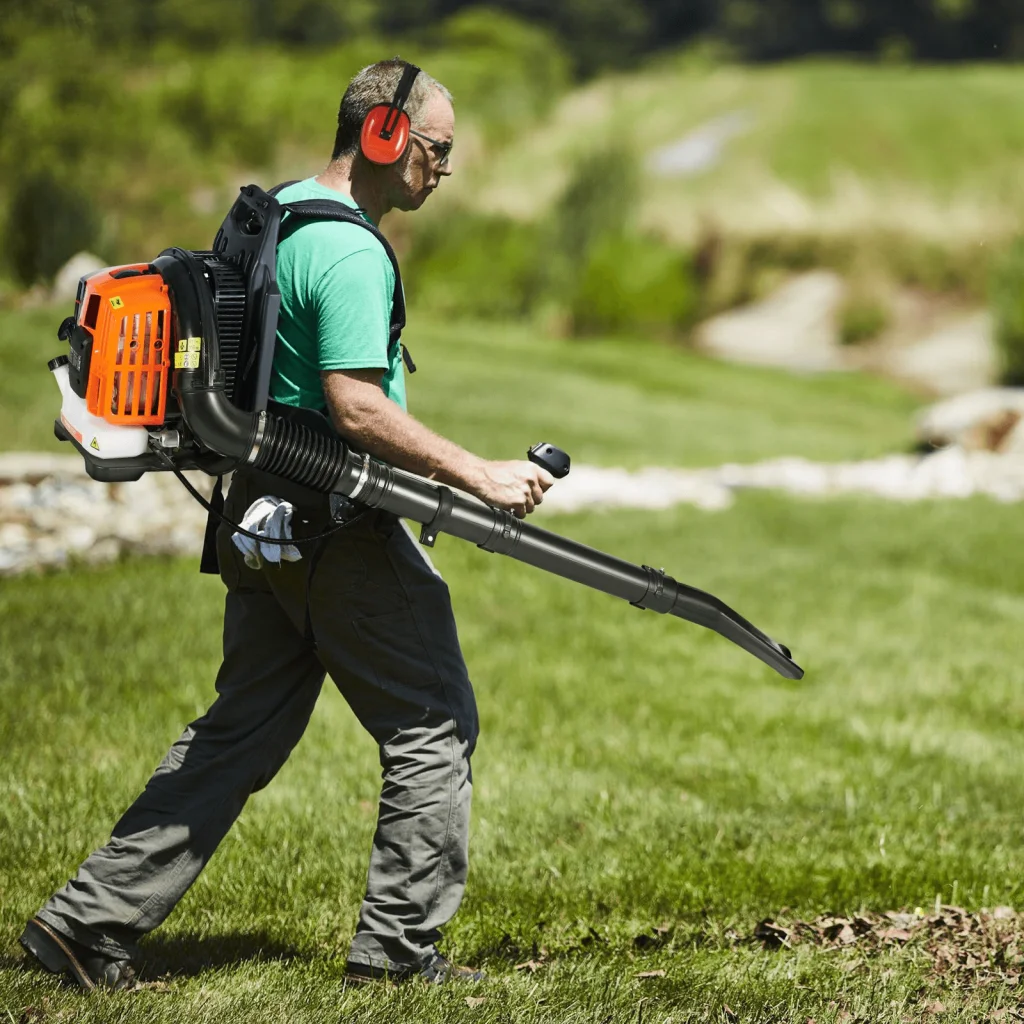
Rake leaves as they fall to the ground. The drier the leaves, the easier it becomes to rake them. Also, consider mowing leaves using a mulching mower or blowing them using excellent leaf blowers from VEVOR onto a tarp for straightforward disposal.
You could then drag the tarp onto the disposal area. Otherwise, blow them onto a lawn where you could chop them using a mower or into a planting bed for mulch.
Recommended For Your Project
Enhancing Your Outdoor Living Space for Fall
Your outdoor living spaces can metamorphose into cozy outdoor spaces with the right landscape ideas for fall. You also want to plan your garden appropriately and include excellent hardscape features to bolster your outdoor arena.
Creating Cozy Outdoor Spaces
Fall is a great time to show some love to your outdoor spaces and benefit maximally from them. Whether at your workplace, apartment complex, luxury home, or metropolitan rooftop, your outdoor spaces can provide a significant level of health and wellness, unlike any other home area.
It begins with choosing the right location with a good amount of sunlight during the day and also sheltered from strong winds. Also consider investing in comfy and weather-resistant outdoor furniture like wicker, teak, or metal.
Next, build a fire pit and make it a centerpiece in your outdoor area for warmth and coziness during gatherings. Here’s where to leverage quality heaters and fire pits like VEVOR’s fire pits for a lasting centerpiece item in your yard, patio, or deck. Light up the area using floodlights, post lights, candles, lanterns, pendants, and deck lights to maintain an excellent job of keeping the area safe and visible. Lastly, you could keep the space warm using outdoor rugs and other softer elements to provide insulation and make the space feel cozier.
Fall Garden Planning
Prepare your yard, deck, or patio for a fall vegetable garden or plant bulb towards spring blooms. Here’s the place to leverage top-quality VEVOR garden beds and planters in planting your preferred lawn seeds.
Hardscape Features to Consider
You can also add pathways to ease movements during gatherings. Consider paving ways using furniture and other decorative items to create seamless guides through your outdoor area.
Also, consider setting up retaining walls and patios to add a polished look to the space. Remember, you want to maximize your outdoor area as much as possible to get the most out of your space all season long.
Sustainable Fall Landscaping Practices
What are some vital fall landscaping practices when preparing your outdoor area for the cooler seasons? Here are a handful.
Water Conservation Tips
Efficient water conservation practices for fall help you maintain wholesome water usage during the season. Sweep patios, driveways, and sidewalks. Avoid hosing paved surfaces. Also, note that your plants, lawns, and gardens require less water during the fall as daylight hours become shorter and the sun’s intensity decreases.
Remember to check out VEVOR’s drip irrigation systems for wholesome water usage during fall for new or replacement irrigation systems that promise longer years of efficient and effective usage.
Composting and Mulching
Composting gives you something to do with expired plants, grass clippings, kitchen wastes, and other organic materials. Compost piles attract beneficial organisms to the soil while reducing the need for fertilizers and pesticides. It also reduces the potential for soil erosion.
The first rule of composting is using waste from different sources well mixed as mixing wastes thoroughly will help the process to better transform into compost. Consider leveraging VEVOR’s compost bins in mixing your wastes toward an effective exercise. Besides being durable, VEVOR’s compost bins are also remarkably affordable with different models and sizes to serve
Choosing Native Plants
Planting native species helps native plants to conserve water and reduce soil erosion. They also require low maintenance once established and provide nectar for pollinators like hummingbirds, native bees, butterflies, moths, and bats which could spice up wildlife in your space.
Common Fall Landscaping Mistakes to Avoid
Properly maintaining your lawn throughout the fall also means avoiding taking adequate care to avoid certain fall landscaping mistakes. Here are three common fall landscaping mistakes you want to avoid.
Overlooking Lawn Care
Neglecting fall maintenance results in several problems that can negatively impact your property. Improper lawn care can also deteriorate the lawn and lead to costly errors that could last for several years to come.
The biggest lawn deterioration symptoms include compromised soils, poor turf, and wasted grass clippings. You also want to avoid having unhealthy soils and greenery that could negatively impact your garden’s environmental carbon footprint.
Ignoring Plant Health
Look out for signs of plant stress early on and boost your plants’ chances of beating pest/disease infestation. Common signs of plant stress include:
- Wilting
- Bleached foliage
- Ragged foliage
- Off-color foliage
- Dried leaf margins
- Burned foliage
Wilting is mostly a product of moisture deficit so you want to dig down and ensure the soil is moist to a depth of at least six inches. Too wet soil can also cause wilting. Shield newly transplanted seedlings and other plants you recently moved outdoors to prevent excessive exposure to sun and wind which could cause discoloration.
Not Preparing for Spring
Fall cleanup towards spring is crucial to preserve lawn health and landscape overall appeal. Cleaning up external spaces using quality washers also assists in preventing frost damage and can help your plants thrive once spring arrives. That said, inadequate preparation for spring can also predispose plants to diseases during winter.
Final Thoughts
Fall is one of the best times to plant new flowers and trees. Plants won’t struggle as much during fall planting as in summer, as fall rains will pose a huge help to your lawn plants. Meanwhile, the cool weather also means fewer insects, weeds, and other problems.
However, you stand a high chance of maximizing your fall by practicing fall landscape tips in this guide. You also don’t need to look too far to get top-notch landscaping tools anytime during the year. Explore VEVOR’s landscaping tools to elevate your fall landscape.

